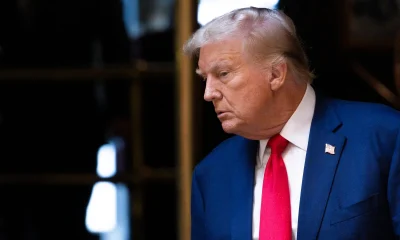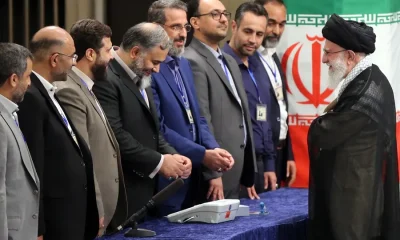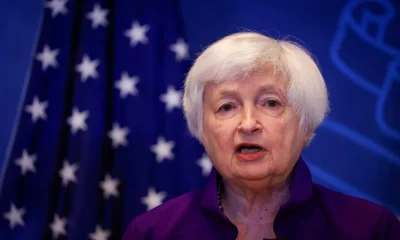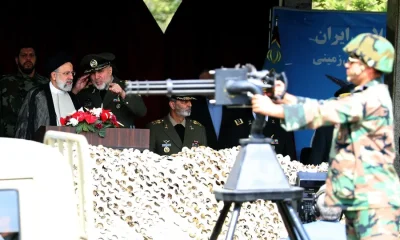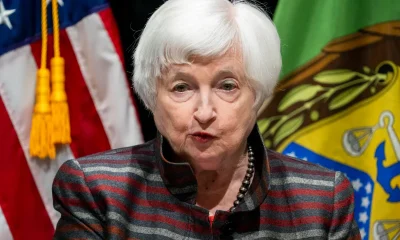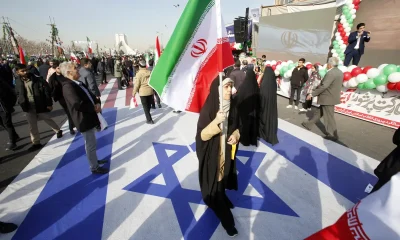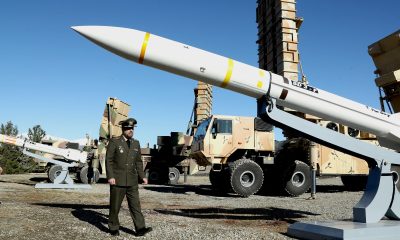International
Venezuelan delegation protests grounding of plane in Argentina
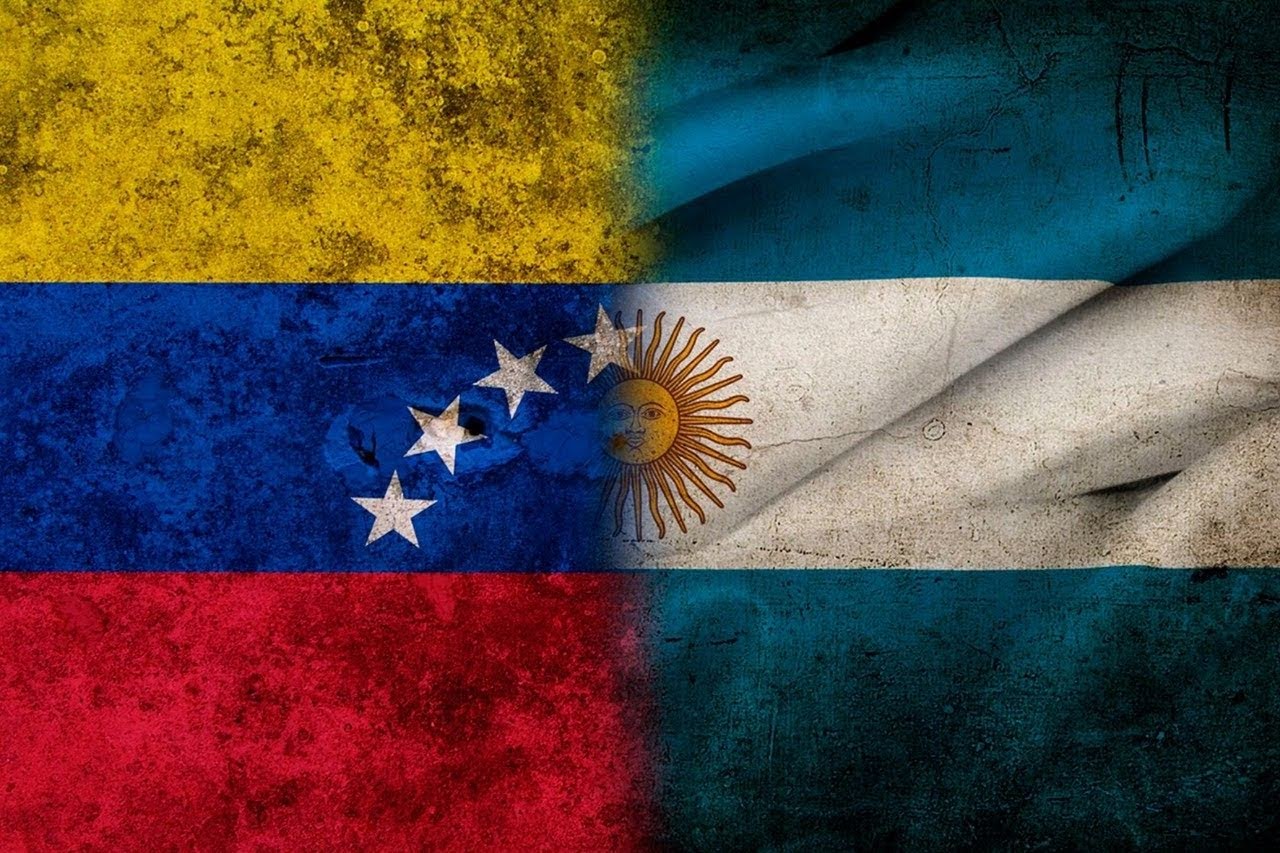
AFP
An official Venezuelan delegation protested Thursday to Argentina’s embassy in Caracas against the grounding of a plane and its crew in Buenos Aires since June.
The Boeing 747 cargo plane, owned by Venezuelan company Emtrasur, has been held in Argentina since it arrived on June 8 from Mexico with a shipment of auto parts, after having tried unsuccessfully to enter Uruguay.
Transport Minister Ramon Velasquez and pro-government lawmakers visited the embassy Thursday to protest, as a few dozen workers of state airline Conviasa gathered outside chanting: “Return the plane and crew!”
The delegation was received by ambassador Oscar Laborde.
Back in Argentina, Judge Federico Villena on Thursday granted a request from the United States to seize the plane on the basis that laws were broken when it was sold by Iran to Venezuela — both countries under US sanctions, Telam news agency reported.
Conviasa, which controls Emtrasur, is also sanctioned.
Last week, Venezuelan President Nicolas Maduro protested the US seizure request, which he said amounted to an attempt to “steal” the plane, and asked Argentina for backing.
The United States’ entry into the fray has given rise to street demonstrations in Venezuela.
– ‘Puppet of imperialism’ –
The Venezuelan delegation handed a document to ambassador Laborde in which it protested the plane’s continued detention.
“We gave the ambassador some communications so that the authorities, the counterparts in Argentina, can sit down and talk about the situation, find the best alternative and the best solution to this problem,” Velasquez said afterwards.
“We hope that the truth prevails, that the Argentine justice system reacts, that it does not take this situation plagued by illegality to new levels,” he said.
The Boeing first entered Argentina on June 6 with a load of auto parts from Mexico.
Unable to refuel in Buenos Aires due to the sanctions, the plane left for Montevideo on June 8. But the Uruguayan authorities refused it access, and it flew back to Argentina.
A judge ordered the plane be detained in light of an investigation into the crew of 14 Venezuelans and five Iranians.
Last week, a judge gave the green light for 12 of the crew members to leave Argentina — minus four Iranians and three Venezuelans. That decision is now being appealed.
Velasquez said the crew members were being investigated for “espionage and terrorism.”
“They have not yet been called to testify, their right to a defense is being violated,” he charged.
The Paraguayan intelligence service has linked one of the Iranian crew members to the Al Quds Force, a group of the Iranian Revolutionary Guards classified as a terrorist organization by the United States.
But Velasquez said the intelligence report was “biased.”
On Wednesday, Venezuelan lawmaker Pedro Carreno urged Argentina’s President Alberto Fernandez to “show if he is a puppet of the empire, if he is a puppet of imperialism or if he really governs that country.”
Argentine presidency spokeswoman Gabriela Cerruti said at her weekly briefing Thursday that the outburst “does not imply a diplomatic incident.”
International
Chile enters runoff campaign with Kast leading and Jara seeking a last-minute comeback
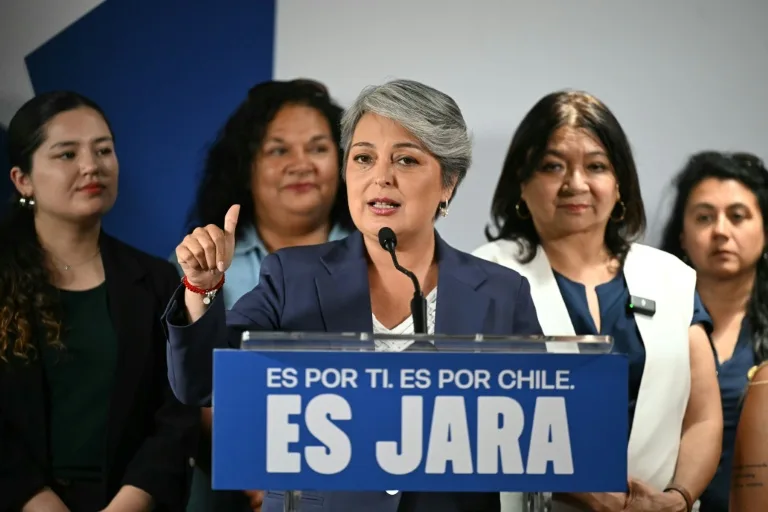
Chile’s presidential runoff campaign for the December 14 election kicked off this Sunday, with far-right candidate José Antonio Kast entering the race as the clear favorite in the polls, while left-wing contender Jeannette Jara faces an uphill scenario, hoping for a comeback that some experts describe as “a miracle.”
The final polls released in Chile—published before the mandatory blackout on survey dissemination—give Kast, an ultraconservative former lawmaker running for president for the third time, a lead of between 12 and 16 points. His opponent, the communist former minister in Gabriel Boric’s current administration, is weighed down not only by the government’s low approval ratings but also by a fragmented electorate.
Although Jeannette Jara received the most votes in the first round with 26.9%, her lack of alliances beyond the left makes it difficult for her to expand her support. Kast, who secured 23.9%, has already brought key figures on board: ultralibertarian Johannes Kaiser (13.9%) and traditional right-wing leader Evelyn Matthei (12.4%), both now backing his candidacy.
Analysts note that although Kast’s support base consolidates more than 50% of the electorate, it does not guarantee an automatic transfer of votes. Populist economist Franco Parisi, who placed third with 19.7%, emerges as the major wildcard. His party, the People’s Party (PDG), is set to decide this Sunday through an internal consultation whether to endorse one of the two finalists.
International
Trump says asylum decision freeze will remain in place “for a long time”
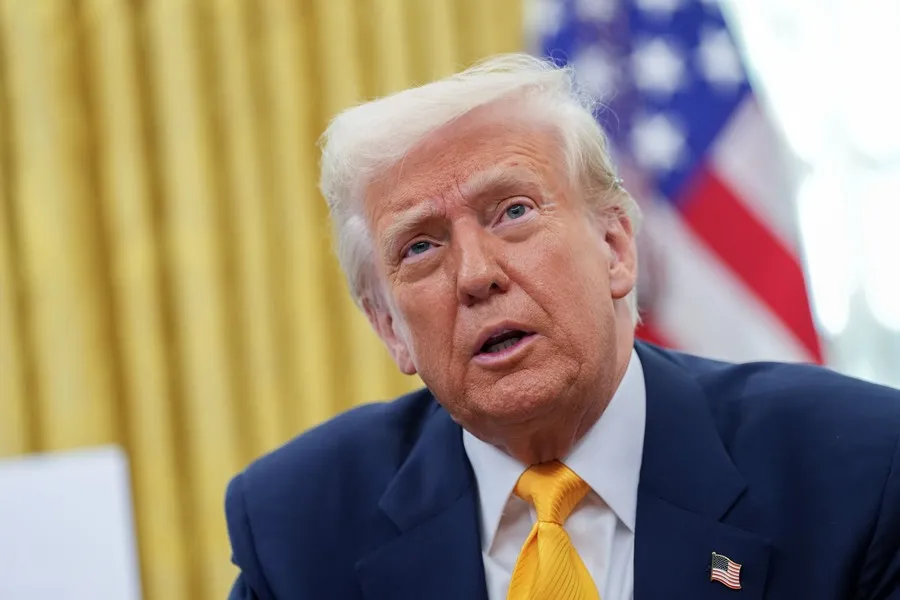
U.S. President Donald Trump warned on Sunday that the suspension of decisions on asylum applications—implemented as part of his order to “halt” immigration from third-world countries following Wednesday’s shooting in Washington—will remain in effect “for a long time.”
The president declined to specify how long the freeze, imposed last Friday by the U.S. Citizenship and Immigration Services (USCIS), would last. The suspension affects individuals waiting for an asylum ruling from that agency, though it does not apply to cases handled by U.S. immigration courts.
The delay is part of a series of measures enacted by the Trump Administration after a shooting on Wednesday in which an Afghan national allegedly opened fire on the National Guard in Washington, D.C., killing one officer and leaving another in critical condition.
Trump has ordered a permanent halt to immigration from 19 countries classified as “third-world.” He also indicated on Sunday that “possibly” more nations could be added to the list.
“These are countries with high crime rates. They are countries that do not function well… that are not known for success, and frankly, we don’t need people from those places coming into our country and telling us what to do,” Trump said, adding: “We don’t want those people.”
USCIS had already announced on Thursday a “rigorous review” of green cards held by migrants from 19 “countries of concern,” including Afghanistan, Cuba, Venezuela, and Haiti.
International
Sri Lanka and Indonesia deploy military as deadly asian floods kill over 1,000
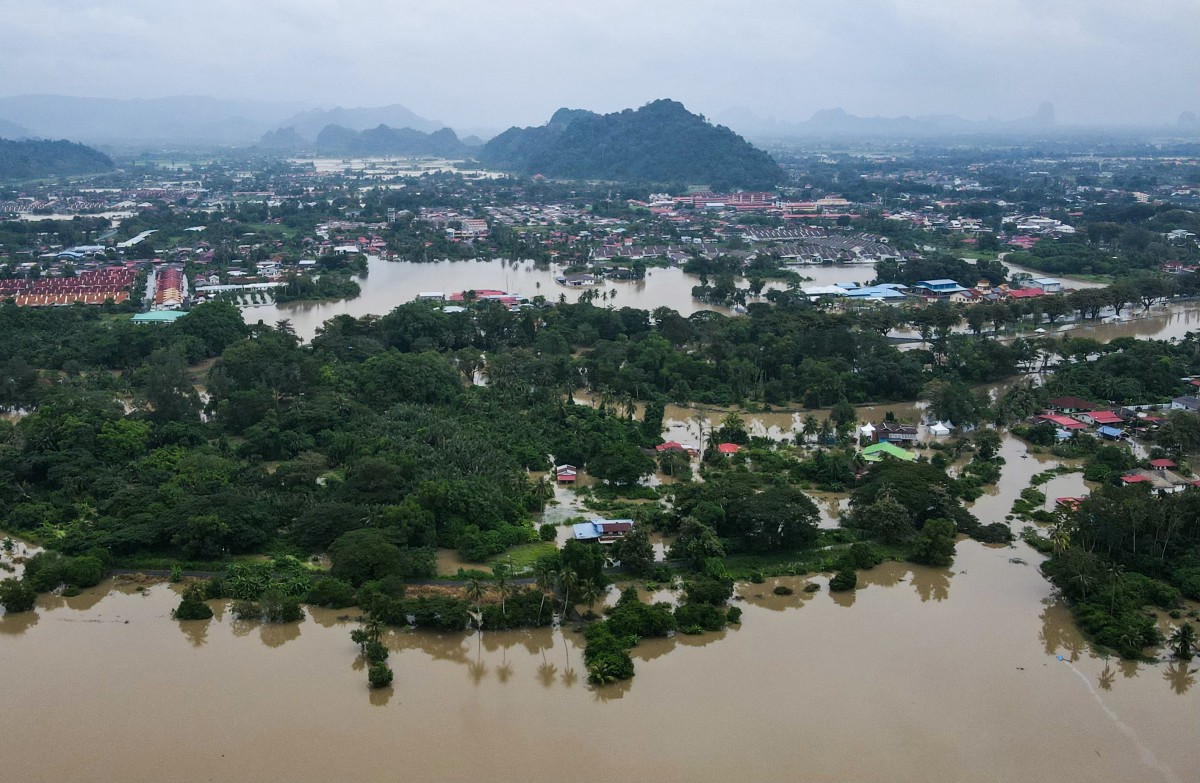
Sri Lanka and Indonesia deployed military personnel on Monday to assist victims of the devastating floods that have killed more than a thousand people across Asia in recent days.
A series of weather events last week triggered prolonged torrential rains across Sri Lanka, parts of Indonesia’s Sumatra island, southern Thailand, and northern Malaysia. Indonesian President Prabowo Subianto said Monday in North Sumatra that “the priority now is to deliver the necessary aid as quickly as possible.”
“There are several isolated villages that, with God’s help, we will be able to reach,” he added. Subianto also stated that the government had deployed helicopters and aircraft to support relief operations.
Floods and landslides have claimed 502 lives in Indonesia, with a similar number still missing.
This marks the highest death toll from a natural disaster in Indonesia since 2018, when an earthquake and subsequent tsunami killed more than 2,000 people.
The government has sent three military ships carrying aid and two hospital vessels to the hardest-hit regions, where many roads remain impassable.
In the village of Sungai Nyalo, located about 100 kilometers from Padang, the capital of West Sumatra, floodwaters had receded by Sunday, leaving homes, vehicles, and crops coated in thick mud.
-

 Central America3 days ago
Central America3 days agoTrump Pardons Former Honduran President Hernández and Warns of Aid Cuts Ahead of Election
-
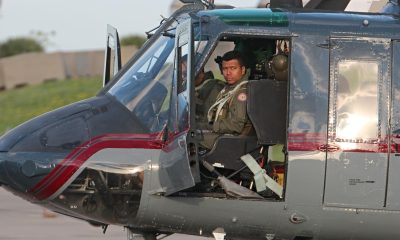
 Central America5 days ago
Central America5 days agoPanama reinforces security with new helicopters and Super Tucano Aircraft purchases
-

 Central America20 hours ago
Central America20 hours agoHonduras Extends Voting by One Hour Amid High Turnout, CNE Announces
-

 Central America5 days ago
Central America5 days agoTrump urges hondurans to back conservative candidate Nasry Asfura in november elections
-
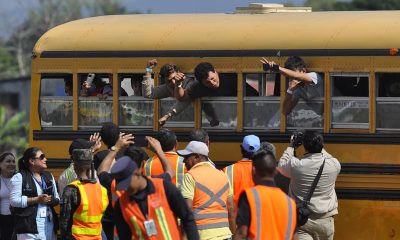
 International5 days ago
International5 days agoArchbishop Wenski criticizes Trump’s deportation policies, calls for stronger push for reform
-

 Central America2 days ago
Central America2 days agoHonduras’ China–Taiwan Future Hinges on Sunday’s Presidential Election
-

 Central America5 days ago
Central America5 days agoWashington calls for oversight as Honduras faces allegations of electoral interference
-
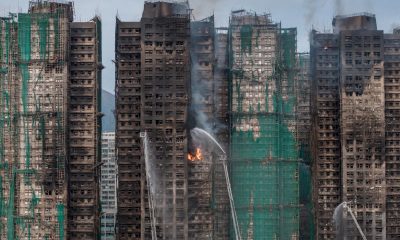
 International7 hours ago
International7 hours agoHong Kong police arrest 13 over deadly high-rise fire that killed 151
-

 International3 days ago
International3 days agoMeta Says Russia Seeks to Ban WhatsApp for Defending Secure Communication
-

 International7 hours ago
International7 hours agoTrump says asylum decision freeze will remain in place “for a long time”
-
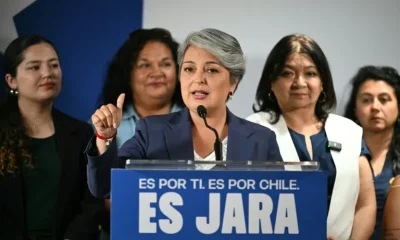
 International7 hours ago
International7 hours agoChile enters runoff campaign with Kast leading and Jara seeking a last-minute comeback
-
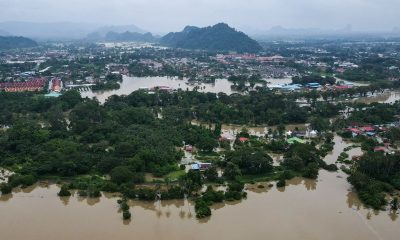
 International7 hours ago
International7 hours agoSri Lanka and Indonesia deploy military as deadly asian floods kill over 1,000





























